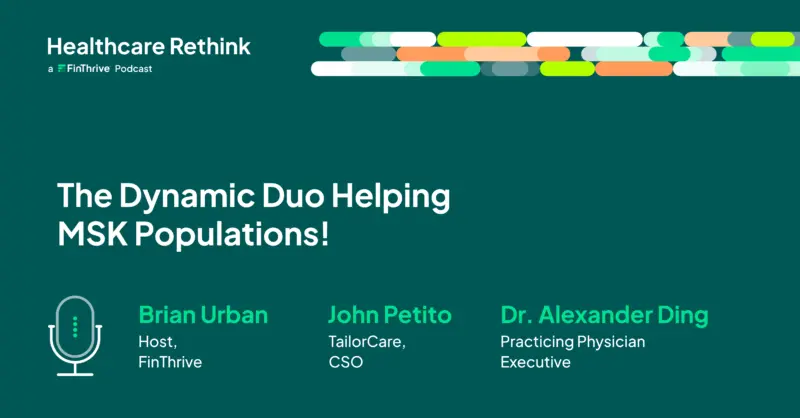Practicing Safe EHR Use
In managing any medical facility or clinic, electronic health records, better known by their initials, EHR, are a vital component to that management. EHRs contain a wide range of information that details a patient’s medical history, exams they have taken or need in the future, what medications they are using, and generally offers medical providers and other authorized users with readily available information that they need.
Handling such sensitive information in this digital age comes with great responsibility given the likelihood of hackers and viruses. How can providers ensure they are safely using EHRs and complying with SAFER?
On an episode of Full Circle Healthcare, host Michelle Dawn Mooney talked with Nicki Anderson, Compliance Director at Medsphere Systems Corporation, on the SAFER guidelines, what they are and the means of ensuring they are met. SAFER is an acronym for Safety Assurance Factors for EHR Resilience which lays out a series of steps that guarantee the safe use of EHR.
Mooney and Anderson explored more on SAFER and also talked about …
- Its origins and the most recent updates made since its introduction
- How the guidelines specify access factors based on a user and how that helps mitigate risks
- The three categories of the nine SAFER guidelines and how each work towards safety
Anderson explained how the third category, clinical process guide, works in alerting the EHR user of important information when it comes to identifying patients, and exams they’ve done that need urgent response. But also how that same beneficial information can pose safety concerns.
“Examples of these would be, does your EHR flag abnormal lab results in a distinct way, whether it’s bolded or maybe it’s in red font, maybe it’s circled. Another example would be, does the EHR give you the ability to accurately identify a patient and it may be in the EHR itself, it may be when you print out a wristband or label to be attached to something. Is there enough information on those labels and the wristband to correctly identify the patient? So, all in all I think they really focus on those areas where possible patient risk could be introduced,” said Anderson.
Nicki Anderson is the Compliance Director at Medsphere Systems Corporation.



